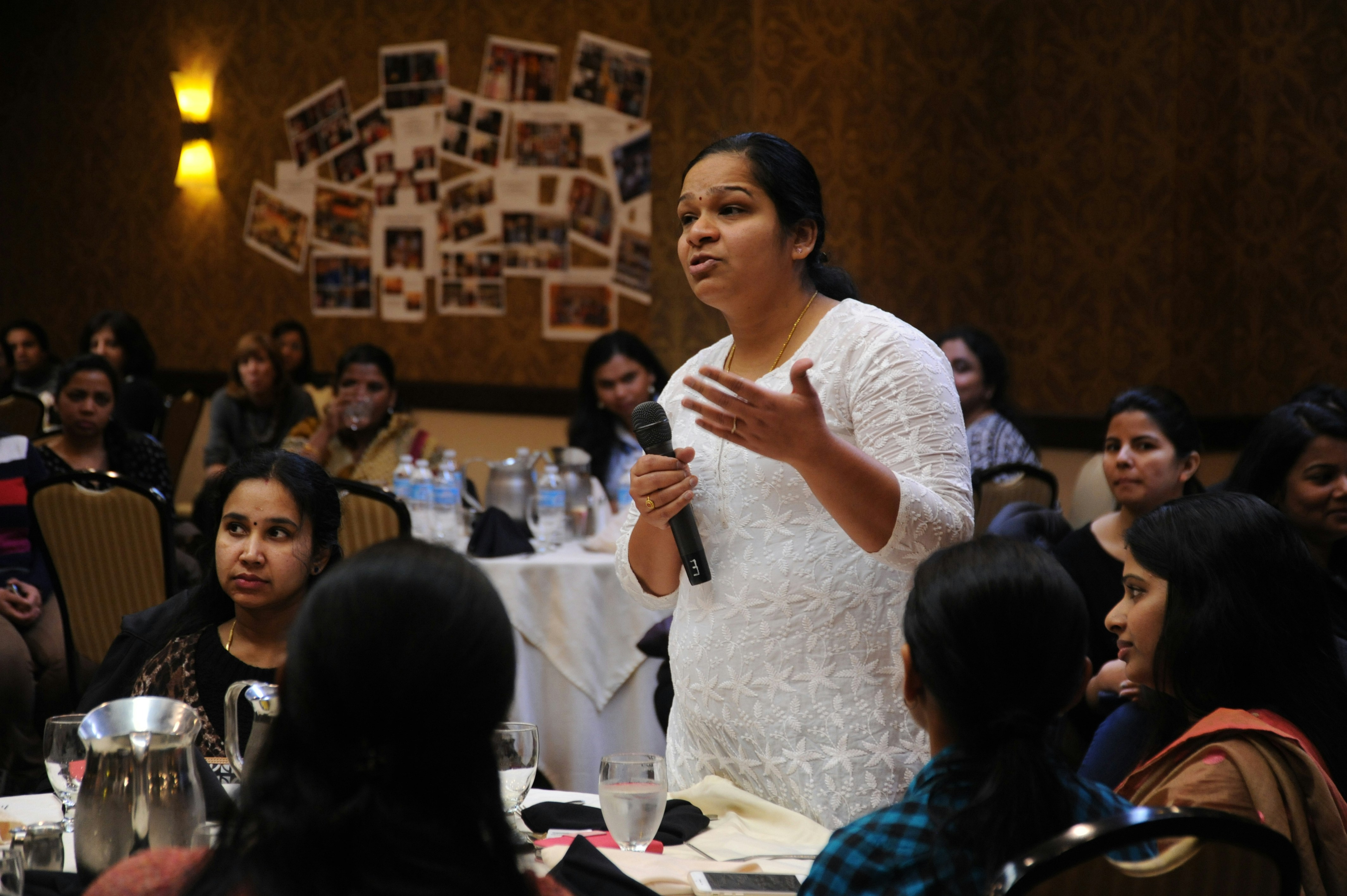A Complete Guide to the Student Visa USA

Strong 8k brings an ultra-HD IPTV experience to your living room and your pocket.
The United States remains a top choice for international students seeking quality education, exposure to a diverse culture, and numerous career opportunities. As you look forward to studying in the U.S., it's important to understand how to apply for a student visa USA, know the intakes in USA, and make the most of scholarship opportunities available to Indian students. This guide will walk you through these essential aspects to help you prepare for your academic journey.
How to Apply for a Student Visa USA
Before you can begin studying in the U.S., you need to secure the appropriate student visa. The most common types of student visas are the F-1 and M-1, depending on the nature of the program you’re enrolled in.
F-1 Visa: For Academic Programs
The F-1 visa is for students who want to study in academic institutions such as universities, colleges, and language programs. It’s the most popular choice for students pursuing undergraduate and graduate degrees. With an F-1 visa, students are allowed to work part-time (up to 20 hours per week) during their studies on-campus. Upon completion of the degree, students can take advantage of OPT (Optional Practical Training) or CPT (Curricular Practical Training) to gain professional experience.
M-1 Visa: For Vocational Programs
The M-1 visa is for students who wish to pursue non-academic or vocational courses. This visa has stricter regulations on employment, meaning students holding the M-1 visa are not permitted to work during their studies. This makes it more suited to short-term, non-degree programs.
To apply for either visa, you must first receive an acceptance letter from a Student and Exchange Visitor Program (SEVP)-approved school, pay the SEVIS fee, complete the DS-160 form, and schedule a visa interview at a U.S. consulate or embassy.
Important Intakes in USA
Understanding the academic intakes in USA is crucial for planning your studies in the U.S. These intake periods determine when you can begin your studies, and the application process typically aligns with these cycles.
Fall Intake
The Fall intake, which starts in August or September, is the most popular intake period. It’s when most universities offer their full range of programs and courses. Fall intake also coincides with the peak job recruitment season in the U.S., making it an ideal time to start your studies and enter the workforce post-graduation. If you're aiming to study in the U.S., Fall intake is usually the best option due to the broad range of opportunities.
Spring Intake
Spring intake, beginning in January, is another good option for students who may have missed the Fall application deadlines or require additional time to prepare. While fewer programs are available during the Spring, many U.S. universities still offer quality courses for this intake. Keep in mind that applying for Spring intake could limit your options compared to Fall intake, but it’s still an excellent choice if it aligns with your academic goals.
Summer Intake
The Summer intake, starting in May or June, is more commonly used for short-term programs, certification courses, or language studies. Full-time degree programs are less frequent in the Summer, so this intake is more suited for those looking for shorter academic experiences or specialized training. Summer intake allows students to gain some exposure to U.S. education before committing to a longer program.
Scholarships for Indian Students in USA
The cost of studying in the U.S. can be quite high, but there are various scholarship opportunities available to Indian students. Scholarships help reduce tuition fees and living expenses, making it more affordable for students to pursue their dreams abroad.
Merit-Based Scholarships
Merit-based scholarships are offered to students with outstanding academic records, achievements in extracurricular activities, and leadership skills. These scholarships are competitive, but they can cover a significant portion of tuition fees and other expenses. Many U.S. universities offer these scholarships to attract talented international students.
Need-Based Scholarships
Need-based scholarships are designed for students who demonstrate financial need. If you come from a low-income background, you may be eligible for need-based scholarships that cover your tuition, living costs, and other expenses associated with studying in the U.S.
Government Scholarships
There are several prestigious government scholarships available for Indian students, such as:
Fulbright-Nehru Fellowships
Inlaks Scholarships
Tata Scholarships
These scholarships often cover not only tuition fees but also travel expenses, living costs, and health insurance, making them an excellent option for students who require financial support.
University-Specific Scholarships
In addition to government-funded scholarships, many U.S. universities offer their own scholarships specifically for international students. These scholarships vary by institution and can range from partial to full coverage of tuition fees and living expenses. It’s important to research the scholarships available at each university you’re considering, as these can significantly ease the financial burden of studying abroad.
Conclusion
Studying in the U.S. is an exciting and rewarding experience, but it requires careful planning and preparation. Securing a student visa USA, understanding the various intakes in USA, and applying for scholarships are all critical steps toward making your dream of studying in the U.S. a reality. By doing your research and applying early, you can ensure a smooth transition to your academic journey and make the most of the opportunities that await you in the United States.
Also Read
Understanding Intake in the USA for International Students
Note: IndiBlogHub features both user-submitted and editorial content. We do not verify third-party contributions. Read our Disclaimer and Privacy Policyfor details.







